Neutron imaging and tomography: Applications in food science
Résumé
Neutron imaging and tomography allow observing the structure of large objects (from few to hundred centimeters) at a resolution around 100 μm. This non-destructive method is based on the detection of the transmission of a neutron beam through an object in 2D (imaging) or 3D after rotating the sample (tomography). The components of the object attenuate the neutron beam differently, depending on their composition, and produce accurate pictures of objects which give information about their structure. Neutron imaging has been used for quality control purposes in industries (aircraft, motor engineering...), but also find application from materials sciences (fuel cells, lithium batteries) through earth science (petrology, geology) to cultural heritage. More recently studies have been performed on food science topics.




